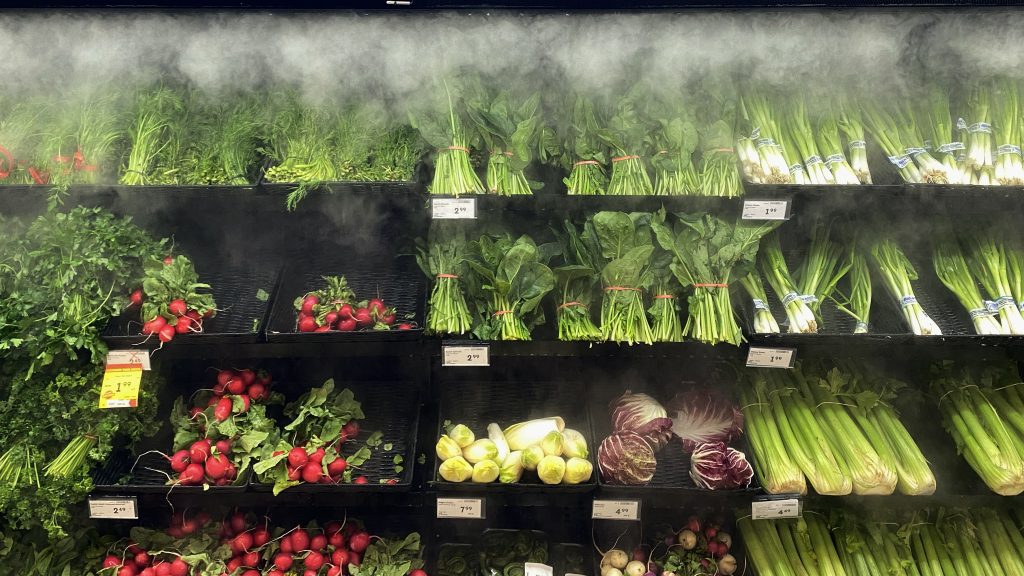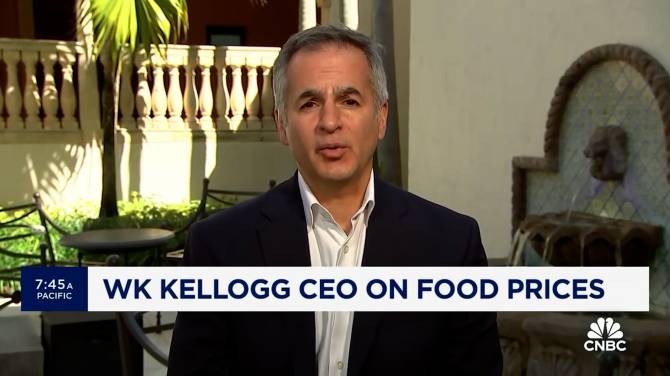The United Nations food agency’s world price index fell in February for a seventh consecutive month because lower prices for all the main cereals were more important than the increasing price of sugar and meat.
The Food and Agriculture Organization’s price index, which follows the most traded food commodities worldwide, averaged 117.3 points in February, down from a revised 118.2 points the previous month, the agency reported on Friday.
The February reading was the lowest since February 2021.
The cereal index fell 5 percent in February compared to the previous month, and was 22.3 percent lower than a year ago, due to expected large maize harvests in South America and competitive prices from Ukraine.
The prices of vegetable oil dropped 1.3 percent in February from January, and were 11 percent lower than a year ago, due to the outlook of abundant supplies in South America. Prices for rapeseed and sunflower oil also dropped because of high exports.
The UN agency’s sugar index, on the other hand, increased by 3.2 percent in February compared to the previous month, reflecting ongoing concerns about the future output of top producer Brazil and expected production declines in Thailand and India.
In another report on cereal supply and demand, the agency raised its forecast for 2023 cereal production by 1.1 percent from the previous year to 2,840 million metric tons, as a result of increased maize supplies in Brazil, China, and the United States.
Looking forward to 2024, the UN agency estimated that wheat production would increase by 1 percent from the previous year, reaching 797 million tons, due to favorable weather conditions in North America and major exporter Russia, as well as in China, India, Iran, Pakistan, and Turkey.




